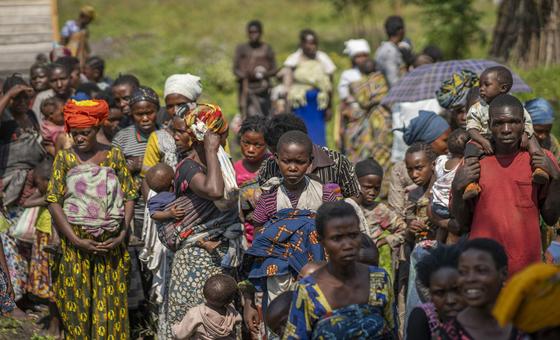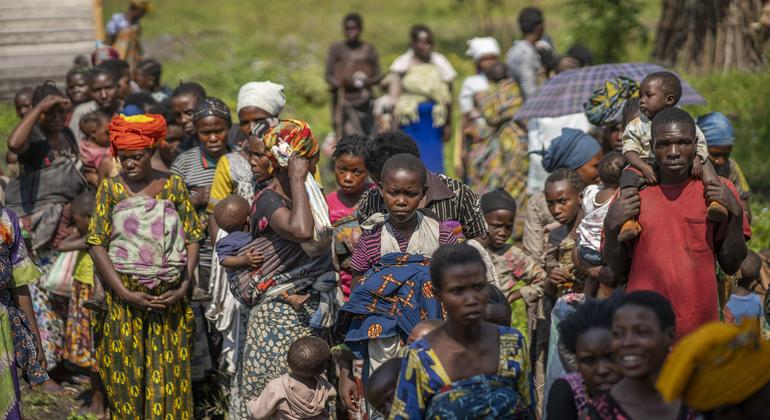
Violence last week forced thousands to flee, and fighting occurred on Tuesday in the outskirts of Sake, which is located some 20 kilometres northwest of the provincial capital, Goma.
“Our peacekeeping mission is continuing to support the Congolese armed forces and is doing its utmost to protect civilians, including by maintaining a presence along the Goma-Sake axis,” said UN Spokesperson Stéphane Dujarric, speaking in New York.
Peacekeepers also reinforced their presence in Sake with additional deployment of battalions to support the Congolese armed forces.
They are also protecting a humanitarian corridor in the Mweso area to facilitate the movement of civilians to safer ground.
Polio investment in Eastern Mediterranean nets nearly 39-fold return: WHO
Every dollar invested in fighting polio in the Eastern Mediterranean region yields a return of nearly $39, the World Health Organization (WHO) said on Wednesday.
WHO commissioned a study covering eight priority countries – Afghanistan, Iraq, Libya, Pakistan, Somalia, Sudan, Syria, and Yemen – which found that maintaining polio-related measures and integrating them into expanded immunization, surveillance and response programmes results in nearly $290 billion in economic and social benefits.
Currently, these activities cost around $7.5 billion, which means that for every dollar spent, the return on investment is almost $39.
“We at WHO emphasize the importance of strengthening essential programmes, like the national routine immunization programme, and also strengthening emergency response to take advantage of all the polio assets, and building health systems,” said Dr. Rana Hajjeh from its regional office for the Eastern Mediterranean.
Many of countries in the region face challenges ranging from weak healthcare systems and political instability to low routine vaccination coverage.
WHO and the UN Children’s Fund (UNICEF) are stakeholders in the Global Polio Eradication Initiative which for years has been providing indispensable technical and financial support there.
Say #IDONT to child marriage on Valentine’s Day
The UN Population Fund (UNFPA) is again using the occasion of Valentine’s Day on 14 February to raise awareness about child marriage.
Although the annual commemoration is a celebration of love, romance and commitment – a time, perhaps, to get engaged or married – UNFPA recalled that each year, 12 million girls become brides before they turn 18.
Since 2015, the agency has run a Valentine’s Day campaign that calls on the international community to “say #IDONT to show support for girls the world over who say ‘I do’ against their will.”
Child marriage – defined as a marriage or union where either or both spouses are younger than 18 – is most prevalent in low- and middle-income countries but occurs in all corners of the world.
Many child brides are forced to leave school, exposed to violence, and pushed to become mothers before they are ready, both physically or emotionally.
Ending child marriage is also part of the Sustainable Development Goals (SDGs), which have a deadline of 2030.
UNFPA warned that if progress towards stamping out this harmful practice is not accelerated, more than 150 million girls will get married too young.



